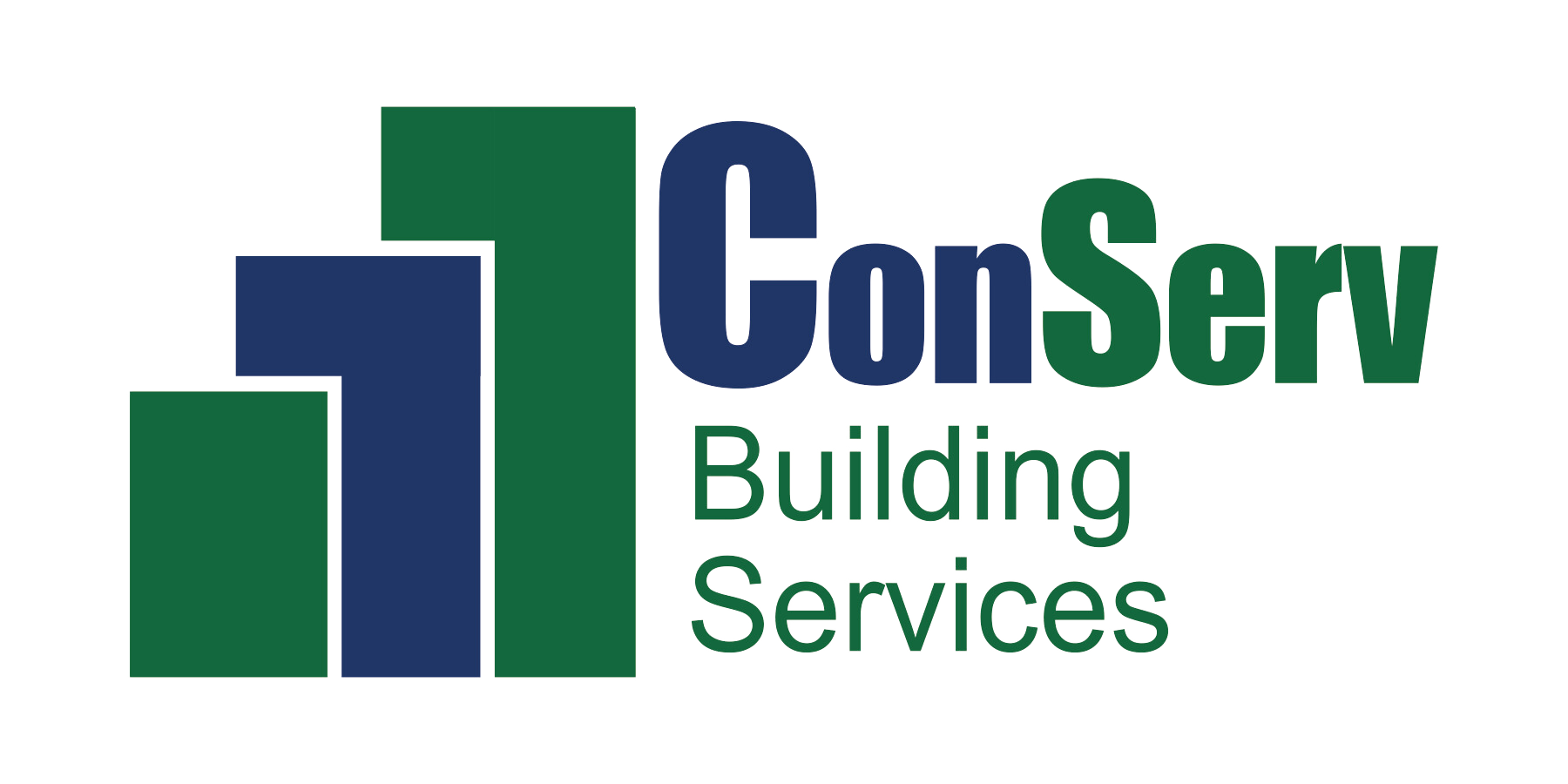Are YOU, your assets and most importantly, your family ready?
The Atlantic hurricane season is an ongoing event in the annual formation of tropical cyclones in the Northern Hemisphere. The season officially began on June 1, and will end on November 30. All hurricanes are dangerous, but some more so than others. The way storm surge, wind and other factors combine determines the hurricanes destructive power.
To make comparisons easier and to make the predicted hazards of approaching hurricanes clearer to Emergency Managers, National Oceanic and Atmospheric Administration’s hurricane forecasters use a disaster-potential scale which assigns storms to five categories. This can be used to give an estimate of the potential property damage and flooding expected along the coast with a hurricane.
The Hurricane Wind Scale
The Saffir-Simpson Hurricane Wind Scale is a 1 to 5 rating based on a hurricane’s sustained wind speed. This scale estimates potential property damage. Hurricanes reaching Category 3 and higher are considered major hurricanes because of their potential for significant loss of life and damage. Category 1 and 2 storms are still dangerous, however, and require preventative measures. In the western North Pacific, the term “super typhoon” is used for tropical cyclones with sustained winds exceeding 150 mph.
Category 1: Winds 74-95 mph
Very dangerous winds will produce some damage. Well-constructed frame homes could have damage to roof, shingles, vinyl siding and gutters. Large branches of trees will snap and shallowly rooted trees may be toppled. Extensive damage to power lines and poles likely will result in power outages that could last a few to several days.
Category 2: Winds 96-110 mph
Extremely dangerous winds will cause extensive damage: Well-constructed frame homes could sustain major roof and siding damage. Many shallowly rooted trees will be snapped or uprooted and block numerous roads. Near-total power loss is expected with outages that could last from several days to weeks.
Category 3: Winds 111-129 mph (Major)
Devastating damage will occur. Well-built framed homes may incur major damage or removal of roof decking and gable ends. Many trees will be snapped or uprooted, blocking numerous roads. Electricity and water will be unavailable for several days to weeks after the storm passes.
Category 4: Winds 130-156 mph (Major)
Catastrophic damage will occur. Well-built framed homes can sustain severe damage with loss of most of the roof structure and/or some exterior walls. Most trees will be snapped or uprooted and power poles downed. Fallen trees and power poles will isolate residential areas. Power outages will last weeks to possibly months. Most of the area will be uninhabitable for weeks or months.
Category 5: Winds 157 mph or Greater (Major)
Catastrophic damage will occur. A high percentage of framed homes will be destroyed, with total roof failure and wall collapse. Fallen trees and power poles will isolate residential areas. Power outages will last for weeks to possibly months. Most of the area will be uninhabitable for weeks or months.
General HVAC Mechanical Procedures:
1. Visually inspect all rooftop mounted equipment including the following:
a. Confirm rooftop is clear of all loose debris that could become airborne
b. Confirm equipment doors/panels are secure
c. Confirm condenser units are secure
d. Confirm condensate piping is secure
e. Confirm refrigerant piping is secure
f. Confirm roof hatch is properly secured
2. Visually inspect all ground mounted equipment including the following:
a. Confirm equipment yard(s) are clear of all loose debris that could become airborne
b. Confirm gates are properly secured
c. Confirm equipment doors/ panels are secure
d. Confirm condenser units are secure
e. Confirm condensate piping is secure
f. Confirm refrigerant piping is secure
HVAC Mechanical Procedures: Shutdown***
1. DX Rooftop Units, DX Split Systems & Exhaust Fans:
a. Terminate power at main breaker(s)
2. Chilled Water Equipment:
a. Power equipment off at main breaker(s) in the following order:
i. Stop chiller(s)
ii. Stop chilled water air handling unit(s)
iii. Stop pump(s)
***Note: Do Not Shutdown Dedicated Computer Room Units***
HVAC Mechanical Procedures: Startup
1. DX Rooftop Units, DX Split Systems & Exhaust Fans:
a. Visually inspect equipment prior to restarting
b. Restore power at main breaker(s)
2. Chilled Water Equipment:
a. Visually inspect equipment prior to restarting
b. Restore power at main breaker(s) in the following order:
i. Start pump(s)
ii. Start chilled water air handling unit(s)
iii. Start chiller(s)
Want to Know More?
Contact your local ConServ account manager to learn how we can help you prepare for the storm season. For additional resources and information, visit: http://www.nhc.noaa.gov/ and refer to the Federal Emergency Management Agency’s (FEMA) Ready.gov/hurricanes for comprehensive information on hurricane preparedness at home and in your community.
ConServ Building Services, LLC provides excellent commercial HVAC, refrigeration, plumbing, and general construction services to businesses across the Southeastern United States. To learn more about ConServ, visit www.conservonline.com.
